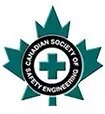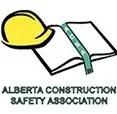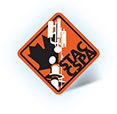Posted: 11 Feb '13
Full body harnesses come in a variety of styles, type and configurations. Harnesses can be rated by application, attachment points or style.
Some harnesses make an X across your chest, others are the H style harnesses. Examples of work specific harnesses are:
§ Electrical work (no metal above the waist/arc safe)
§ Kevlar welding harnesses
§ Plasticized harnesses for work with corrosive substances
§ High angle rescue
§ Tower work/derrick work
§ Tradesman harnesses
§ Rope access harnesses
Harnesses Hazards, Controls and Guidelines for Usage
1. User being suspended in a harness post-fall can suffer suspension trauma. where blood from your body is trapped in your legs, the blood then pools, build up with toxins, waste products and carbon dioxide. When the user takes the weight off the straps the blood returns to the rest of the body and the wearer suffers or dies from shock.
2. An improperly adjusted harness can cause de-gloving injuries in male genitalia and injuries to female breasts. Cross-over harnesses are often recommended for women.
3. Various fatalities have resulted from harnesses and fall protection components being entangled in moving equipment such as drive shafts and crane components, it is important to only wear full body harnesses when at height and establish safe zones for donning and removing harnesses.
4. Attaching a fall arrest system to points other than the dorsal D ring can result in serious spinal injury or whiplash, frontal and side attachments are generally for positioning work.
5. The maximum user weight for most full body harnesses is 385lbs/175kg. This is the total user weight including any clothing, tools or equipment suspended from the harness. Users who exceed this weight can specially purchase harnesses built to their weight.
6. The maximum weight of tools suspended on a harness tool belt is generally 9kg/20lbs, overloading the harness can cause injury in a fall or even harness failure.
7. The first step in having a properly adjusted harness, is selecting a harness that fits your body size and weight and replacing old garments.
REQUEST INFO ON OUR COURSES



